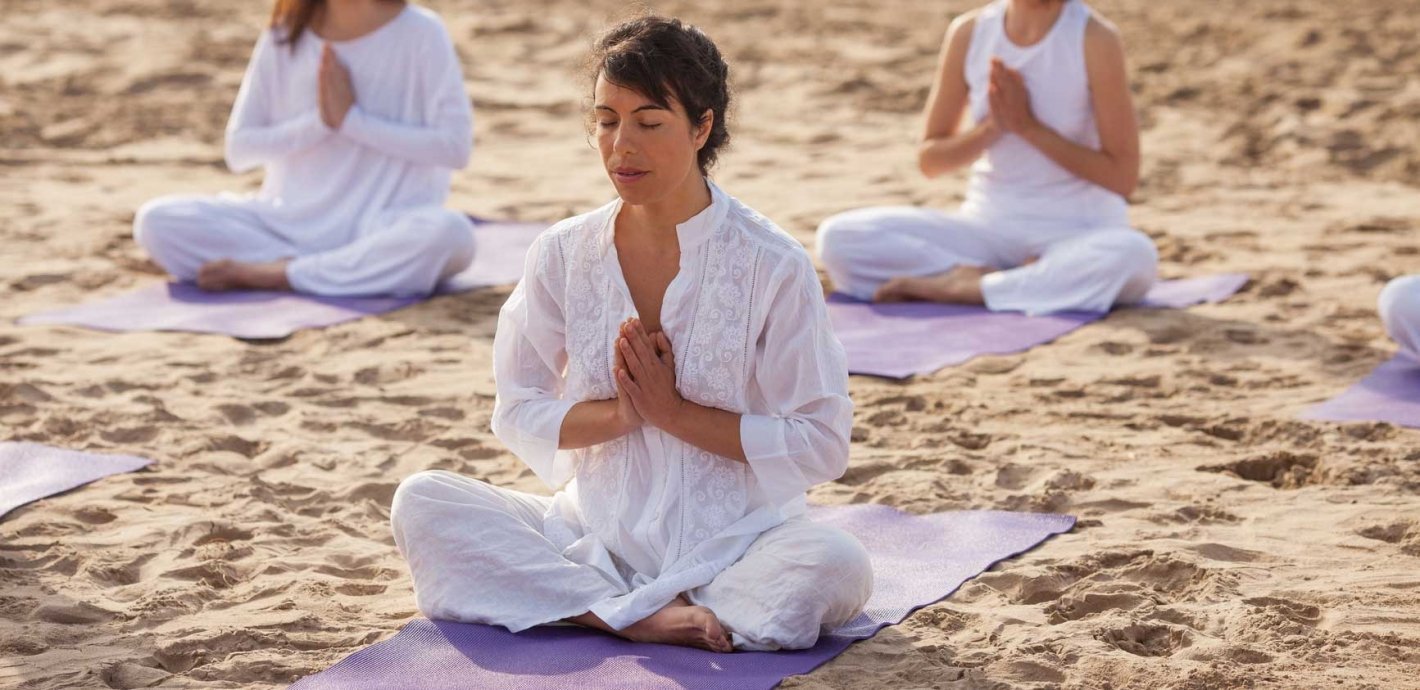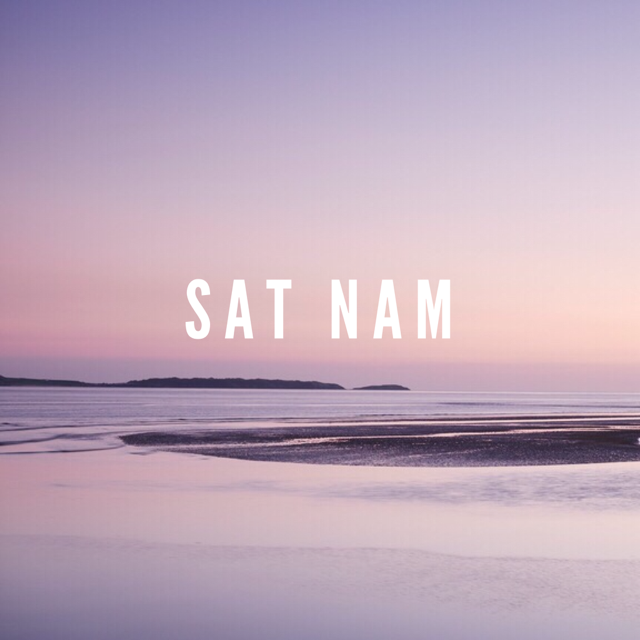In 1968 a Pakistani-born economics major named Harbhajan Singh Puri boarded a plane with a one-way ticket from Punjab, India to Toronto, Canada. Declared a master of Kundalini yoga at age 16, Yogi Bhajan, as he would later become known worldwide, became the first to openly teach Kundalini yoga to the public, unveiling a lineage previously masked in secrecy. In 1969, Yogi Bhajan established the 3HO, which stands for “Healthy, Happy, Holy Organization,” a nonprofit dedicated to sharing the teachings of Kundalini yoga.
For most Westerners who associate yoga with a flowing physical workout, Kundalini is a practice that is a bit outside the box. While physicality is one aspect of this type of yoga, Kundalini blends the physical and spiritual, using mantra such as “Sat Nam,” which means “truth is my essence”; pranayama, or breath control; meditation; and kriyas, or repeated body movements designed to facilitate energy flow. Both teachers and students wear turbans and white clothing. The color white, according to Yogi Bhajan, is considered to be cleansing, expanding the aura and guarding from negative energy. The head covering protects and contains the energy of the crown chakra, the uppermost energy center of the physical body. Because of the variety of practices included in a Kundalini class, particularly those that draw more upon the subtle body, this form of yoga can be practiced by anyone no matter their age or physical fitness level.
The history of Kundalini is unusual and fascinating. The practice comes from the lineage of Raj Yoga, one of the oldest forms of yoga mentioned in the sacred Vedic collection of texts known as the Upanishads, and practiced in India since 500 BC. Kundalini differs from other forms of yoga in that it descends from a Sikh lineage, a religion distinct from Hinduism and Islam founded in 15th century Punjab that emphasizes love, equality, and service to others. Yogi Bhajan who was also a Sikh, integrated the teachings of Guru Nanak, the founder of Sikhism who studied and practiced yoga. Because of the intersection between yoga and the lineage of Sikihism through Guru Nanak, many of the meditations in the Kundalini practice come from the Sikh tradition. For instance, the use of the mantra Sat Nam in Kundalini yoga comes directly from Guru Nanak’s enlightenment experience when he was studying with the yogis.
Related: 9 Yoga Poses That Boost Energy
For centuries, the practice of Kundalini was only taught from master to student, as students were required to go through years of initiation before they were prepared to receive the spiritual teachings of the Kundalini masters. Now in our modern world, this lineage is believed to exist through what is known as the Golden Link or Golden Chain, a transmission of wisdom and consciousness from masters to students through the subtle body.
The word “Kundalini” itself comes from the Sanskrit word for “coiled female serpent”. The image of a coiling snake imparts the sense of an untapped source of latent energy. The Kundalini practice is designed to activate and release this dormant creative energy located at the base of the spine, and allow it to travel upward, energizing each of the chakras and increasing our consciousness and potential. The Kundalini Research Institute describes Kundalini Yoga as “the practice of awakening our Higher Self and turning potential energy into kinetic energy.”
Thanks to Yogi Bhajan, Kundalini is now one of the most formalized styles of yoga currently taught throughout the world, with a set structure for each class. All classes begin with the Adi mantra to tune in to the spiritual channel of the Golden Chain and to focus the mind. Through this connection, teachers and practitioners channel the sacred wisdom of the Masters of Kundalini yoga in order to be guided and protected during the practice. The Adi Mantra, “Ong Namo Guru Dev Namo,” means, “I bow to the subtle divine wisdom, the divine teacher within.” While Kundalini yoga is about experiencing the divine within, it is not a religious practice.
After tuning in, a Kundalini class begins with a series of breathing, or pranayama techniques. Commonly practiced breaths include partitioned breathing (where the inhale and exhale are divided into sections and counted), or breath of fire (rapid and vigorous continuous inhales and exhales to heat and cleanse the body). Typically after pranayama, warm-ups are done to prepare the body and mind for kriyas. This consists of movement and postures that warm up the spine and legs, similar to the basic postures of Hatha Yoga.
Once the body is prepared, a set of kriyas is practiced. An example of a kriya is frog, a vigorous and energizing exercise where the practitioner squats down on an exhale, and folds over straight legs on the inhale. This is repeated a certain number of times. This kriya helps to build lower body strength, improves circulation and respiration, and opens the heart chakra. Once the set of kriyas is complete, the practitioner relaxes by lying in corpse pose, on the back with palms up and eyes closed. This serves as a time for the body and nervous system to realign, integrate and adjust to the shift of energies that has just taken place. The last part of class includes meditation, mudras (hand-gestures that call upon an intention), and an Irish blessing, “May the longtime sun shine upon you,” chosen in 1969 by Yogi Bhajan to close each Kundalini class.
Related: The Importance of Breathing in Yoga
In Yogi Bhajan’s own words: “There’s nothing which can be more precious in you than your own relationship with your own consciousness.” Through powerful energy work, the Kundalini practice calls upon great physical and mental stamina to cultivate a deeper awareness that plants the seeds for increasing consciousness.










Comments (0)